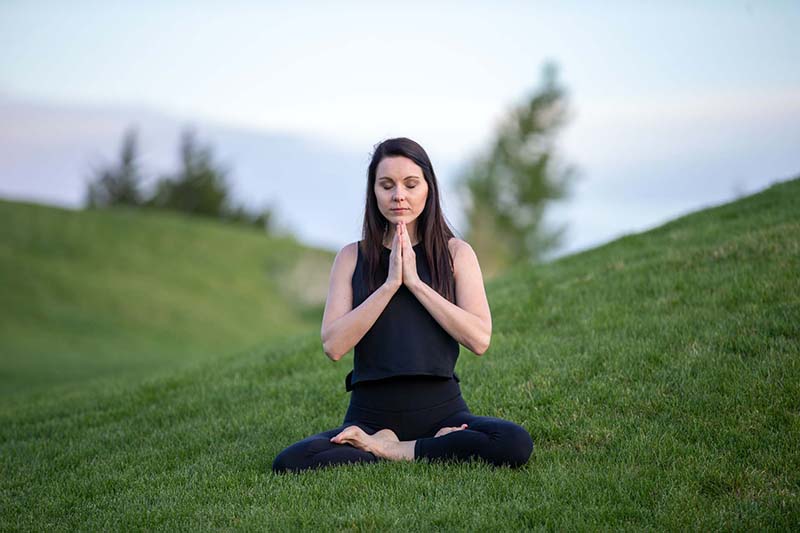How to Meditate Properly (The Subtle Art of Paying Attention)

I begin each day in an unusual way.
After silencing my alarm and crawling out of bed, I stagger to my desk and set a timer for ten minutes. I sit down, close my eyes, and focus on my breath.
Next, I widen my attention to encompass bodily sensations, sounds in the room, and the symphony of color behind my eyelids.
Soon enough, I lose myself in thought, at which point I reflexively berate myself for being a bad meditator.
Over time, I’ve learned to do something critical at this inflection point:
Notice my lack of awareness.
Catching myself immersed in a train of thought is precisely the point of meditation. Each renewal of attention is like a repetition at the gym.
The thoughts that hijack my attention, though mysterious in origin, always take the form of an image or a piece of language. So I note the thought’s presence, watch it as it curiously evaporates, and then re-anchor myself to the present.
Once I’ve done so, I usually commend myself for being a good meditator. Then I notice that. Self-praise is just another thought.
Back to Square One
Often, a strong feeling such as sleepiness, anxiety or restlessness floods my mind. When this occurs, I ask a simple question: what the physical signature of this emotion?
What is anxiety, as a constellation of bodily sensations? Am I holding tension in my jaw? Furrowing my brow? Is my breath tight and uneasy?
These questions, when asked with genuine interest, reveal something profound.

An emotional flavor can only flood my mind until I illuminate it with the spotlight of attention. Presence is the enemy of ego. To investigate the character of an emotion with curiosity, rather than judgement, is to strip it of its tyrannical power.
My daily routine, which I’ve stuck to for many years, has revealed two important truths which have radically changed how I interact with the world.
The first is obvious:
Consciousness, whether a by-product of cognition or something more fundamental, is the force which animates everything. To train your mind through meditation is to fine-tune the mysterious lens which filters your every experience.
Maybe a fit of anger can shrink from hours to minutes, through the re-deployment of attention. Maybe your partner’s outburst can be met with empathy, rather than defensiveness. Maybe you can escape the toxic trance of pride a few moments sooner. When harnessed skillfully, mindfulness is a superpower, which seeps into all domains of life.
The Second Truth Approximates a Buddhist Axiom
All suffering fundamentally derives from an inability to collide with this moment. Negative emotions flourish in a state of rumination or anticipation.
Think about the last time you were angry, anxious, or sad.
Were you fully engaged in the reality of your circumstances in that moment? Or was your consciousness tainted by a memory of the past, or a concern about the future?
Meditation has taught me to short this circuit sooner, and to be more content where I am.
Video: A guided meditation from Calm.














